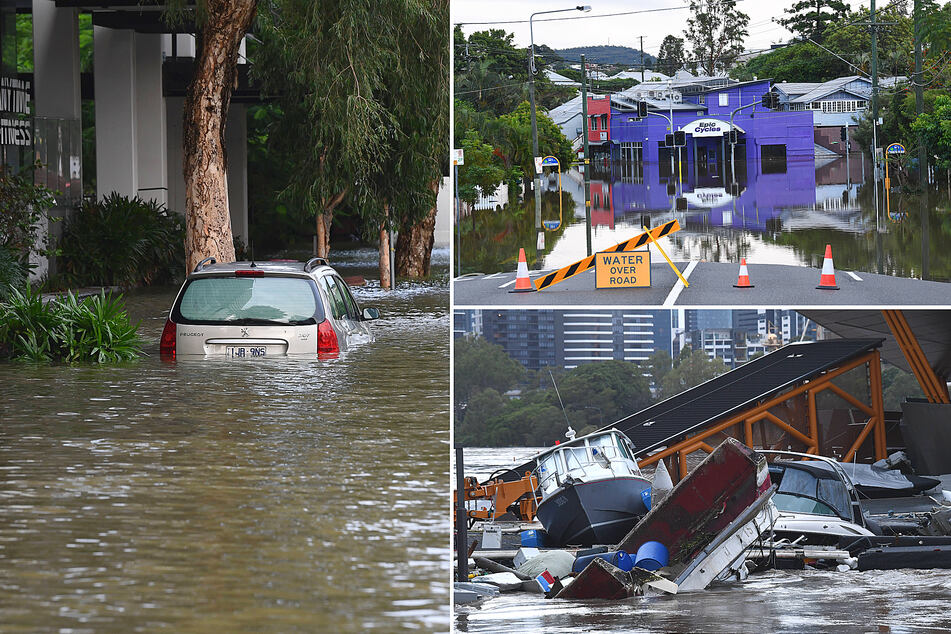Climate change: Australia's flooding is the poster child for a new normal
Brisbane, Australia - Devastating rainfall slammed parts of southeastern Australia in the final weeks of February, and local governments are still struggling to deal with the damages. Unfortunately, it's a textbook example of the worsening effects of climate change.

The recent brutal flooding that inundated cities and towns in the Australian states of Queensland and New South Wales has caused damages estimated in the billions of dollars, according to the BBC.
The timing couldn't have been more on point, as the Intergovernmental Panel on Climate Change (IPCC) just released its newest report on February 28, which included a grim outlook on the effects of the climate crisis.
A key part of the IPCC's report warned of heavier rainfall, and an expected increase in how often and how unforgiving extreme flooding events will be.
While the climate science equivalent of "I told you so" doesn't undo the damage from the flooding that ravaged southeastern Australia, the report has also urged for swift climate action to help prepare for the next heavy weather event.
The IPCC's message is now more crystal clear than ever: The impact of changes in the environment is no longer a fluke, and is no one-time thing.
Rainfall, like the so-called "rain bomb" that flooded cities like Brisbane, will absolutely hit other parts of the world, and the US is no exception. Repeats of storms and the torrential rain that flooded the East Coast during Hurricane Ida are guaranteed.
The IPCC says the trick will be doing enough now, like lowering greenhouse gas emissions and plugging methane gas leaks, to avoid letting such storms grow even more destructive later on.
Cover photo: Collage: IMAGO/AAP
